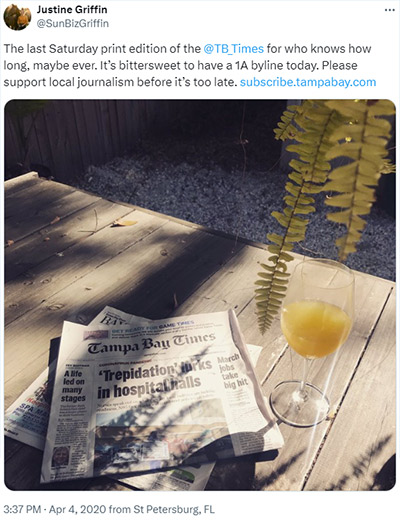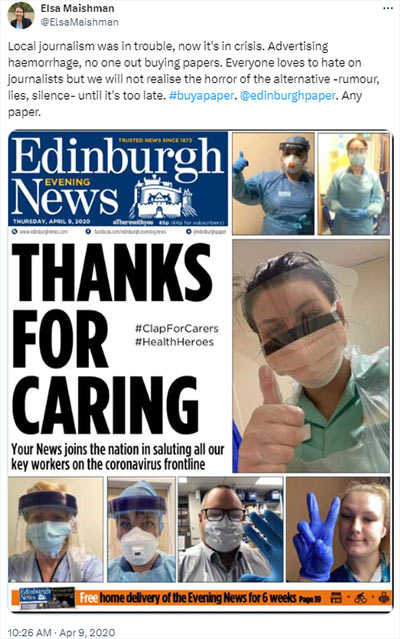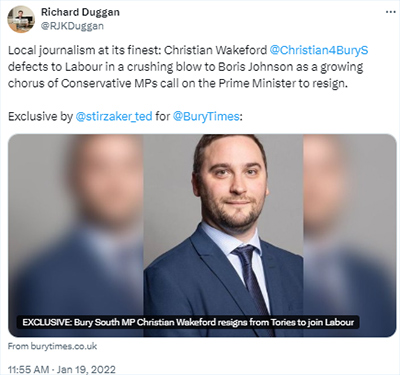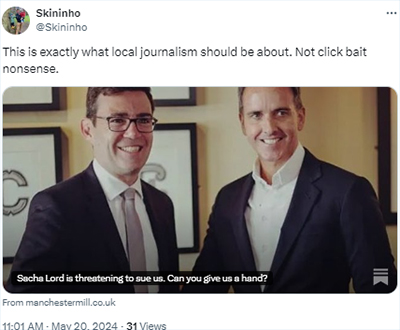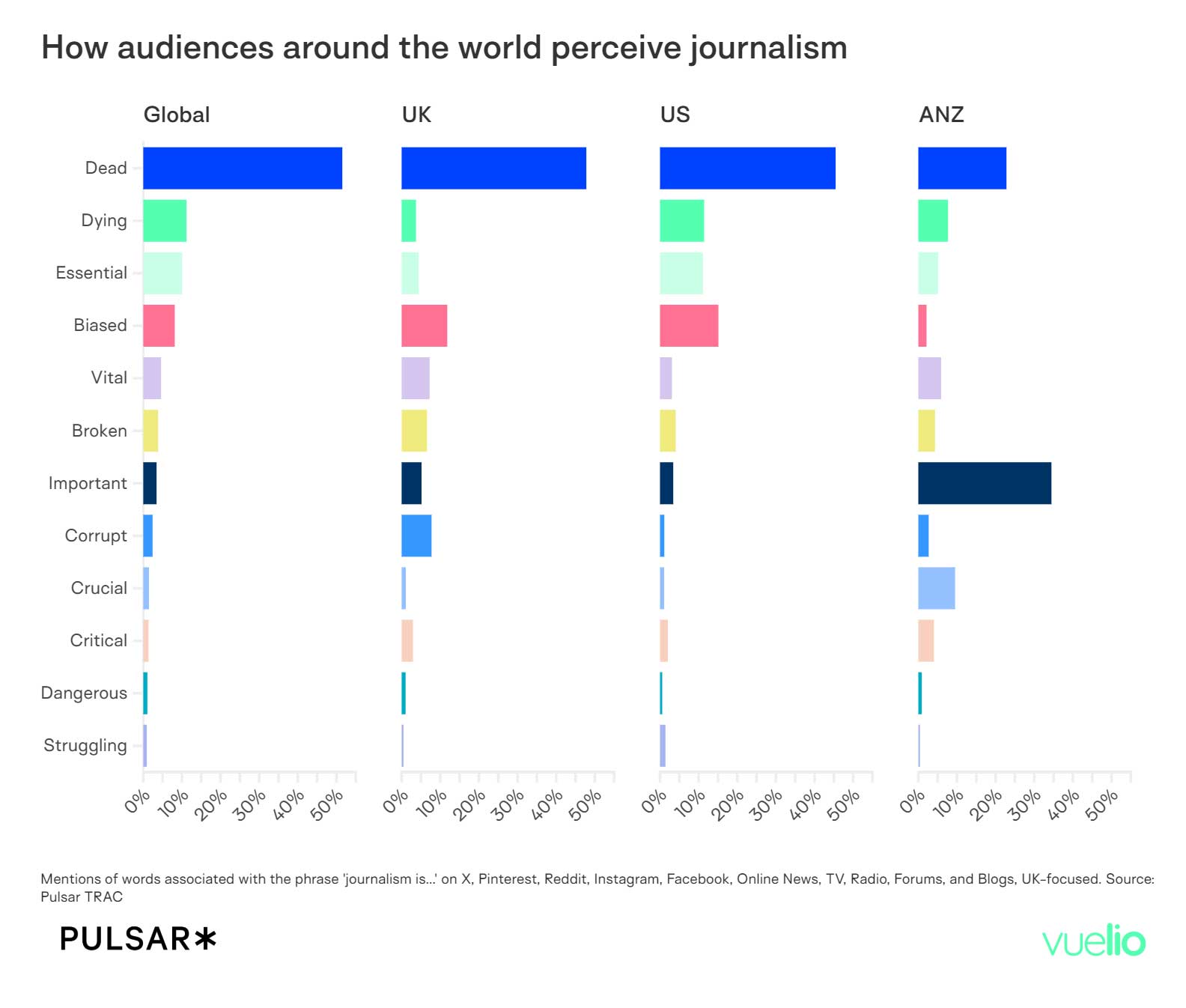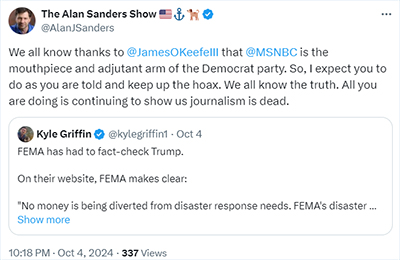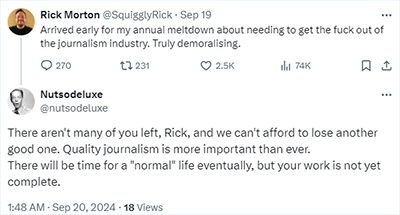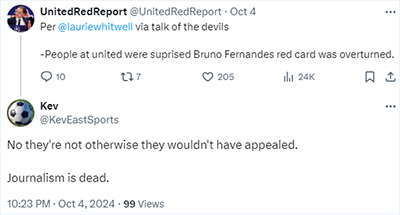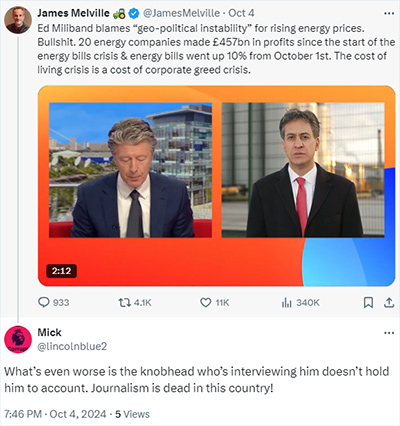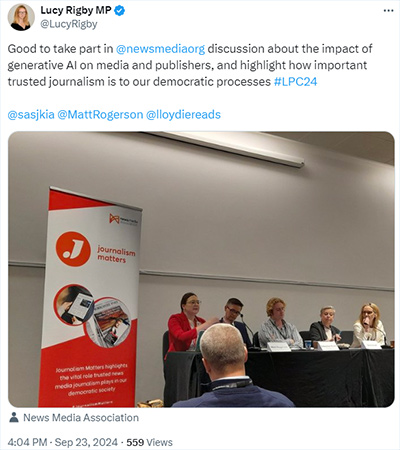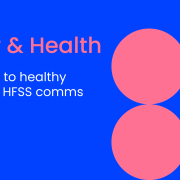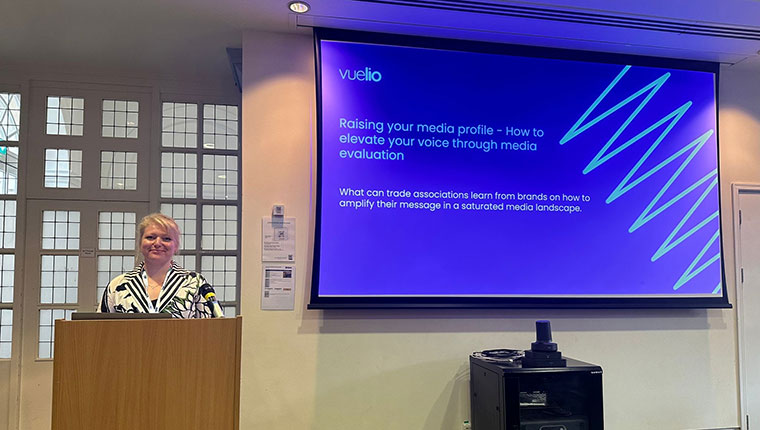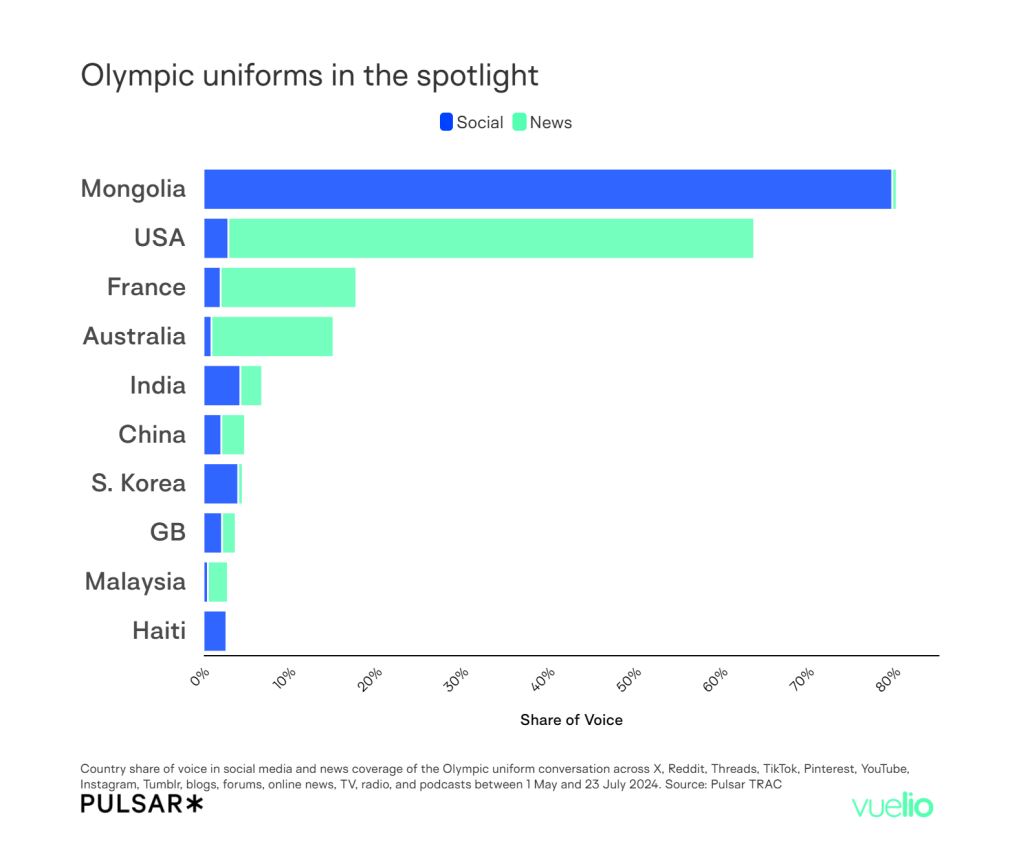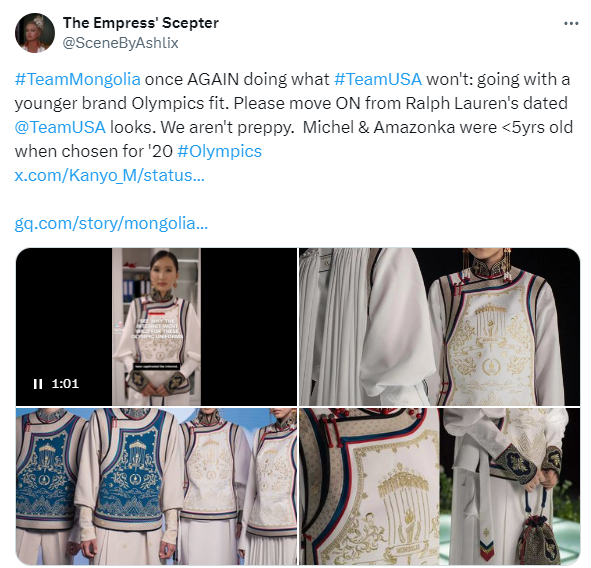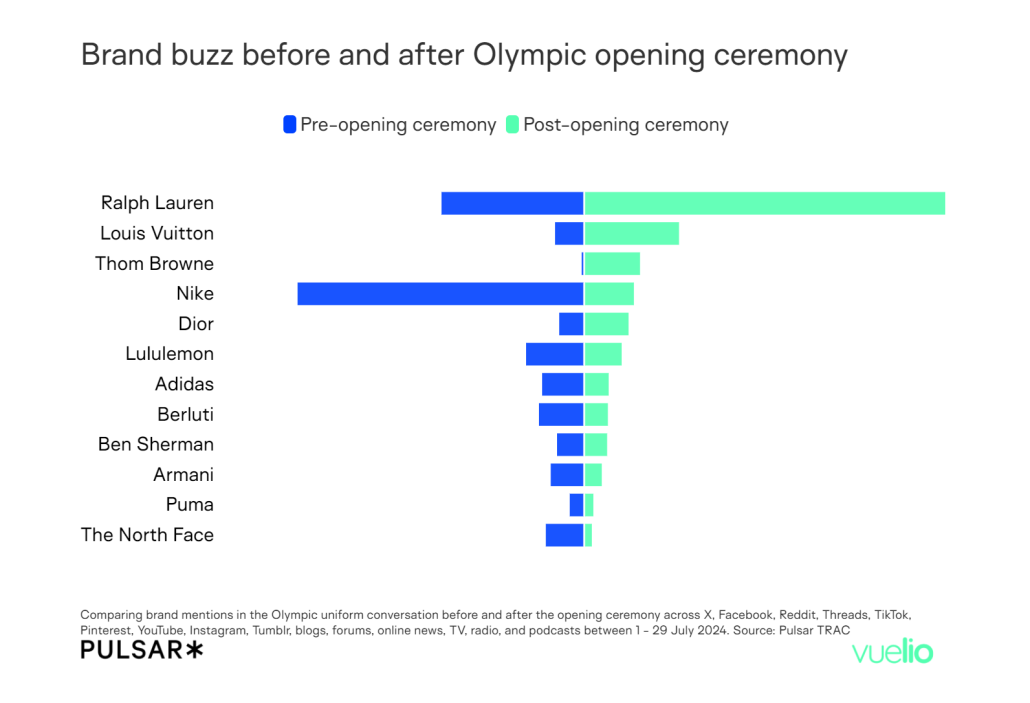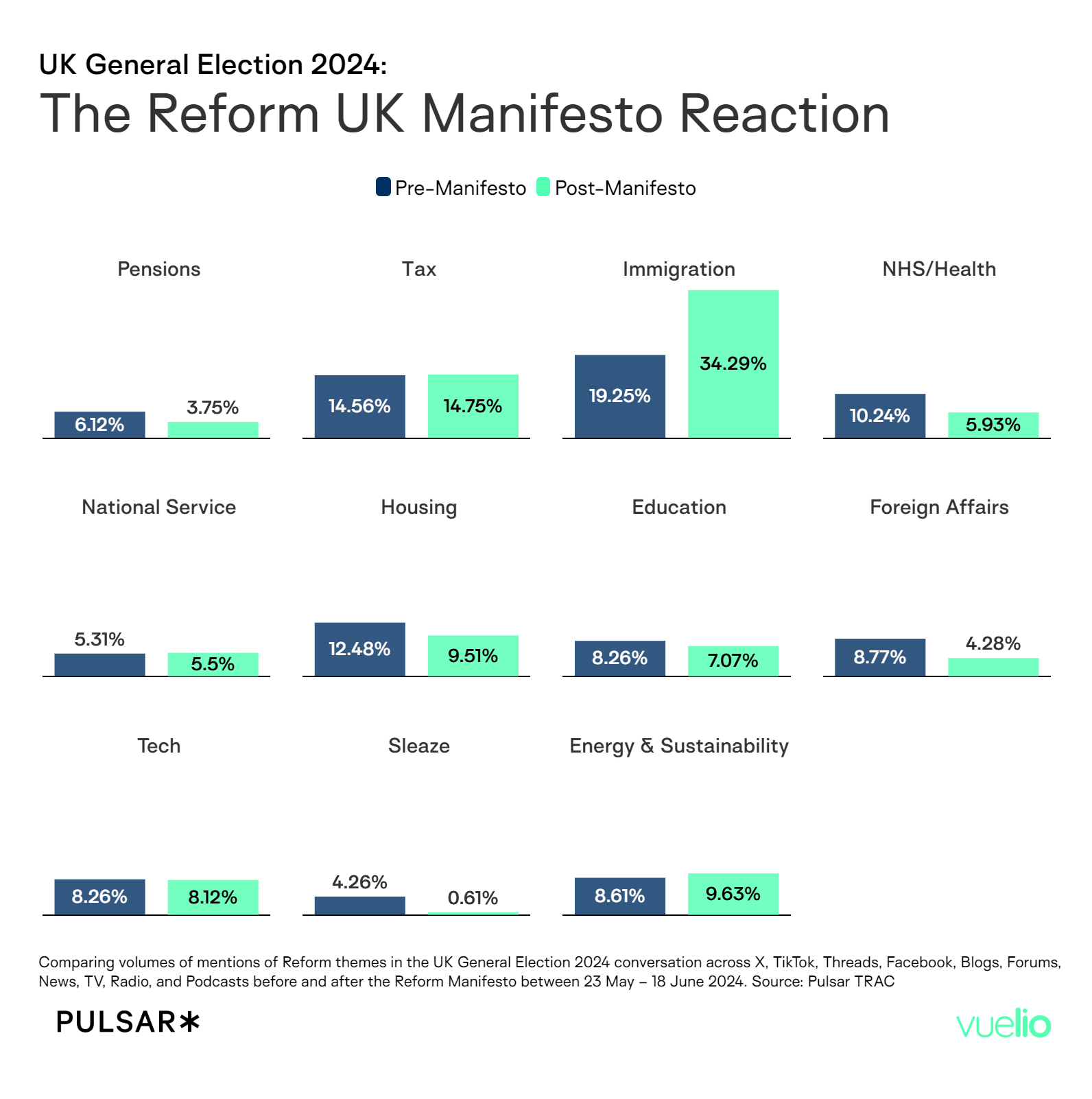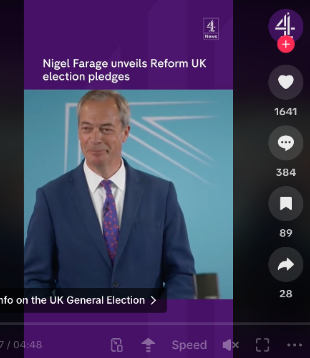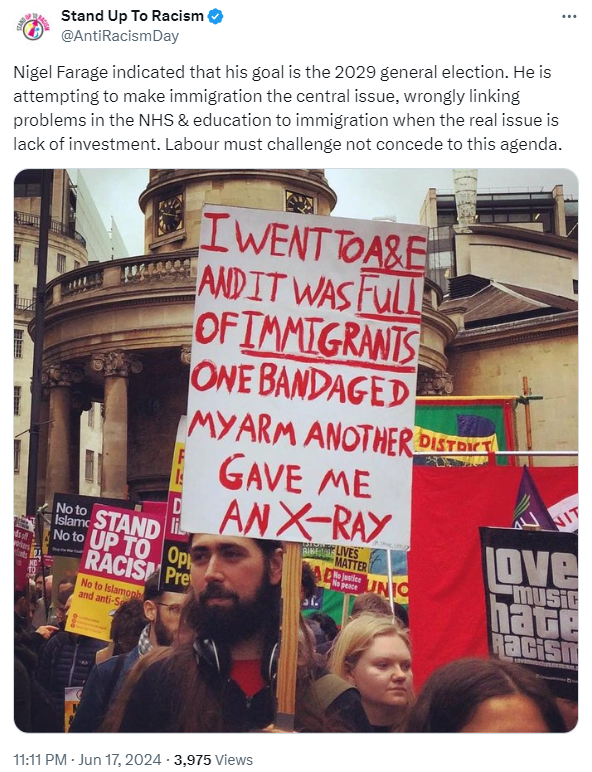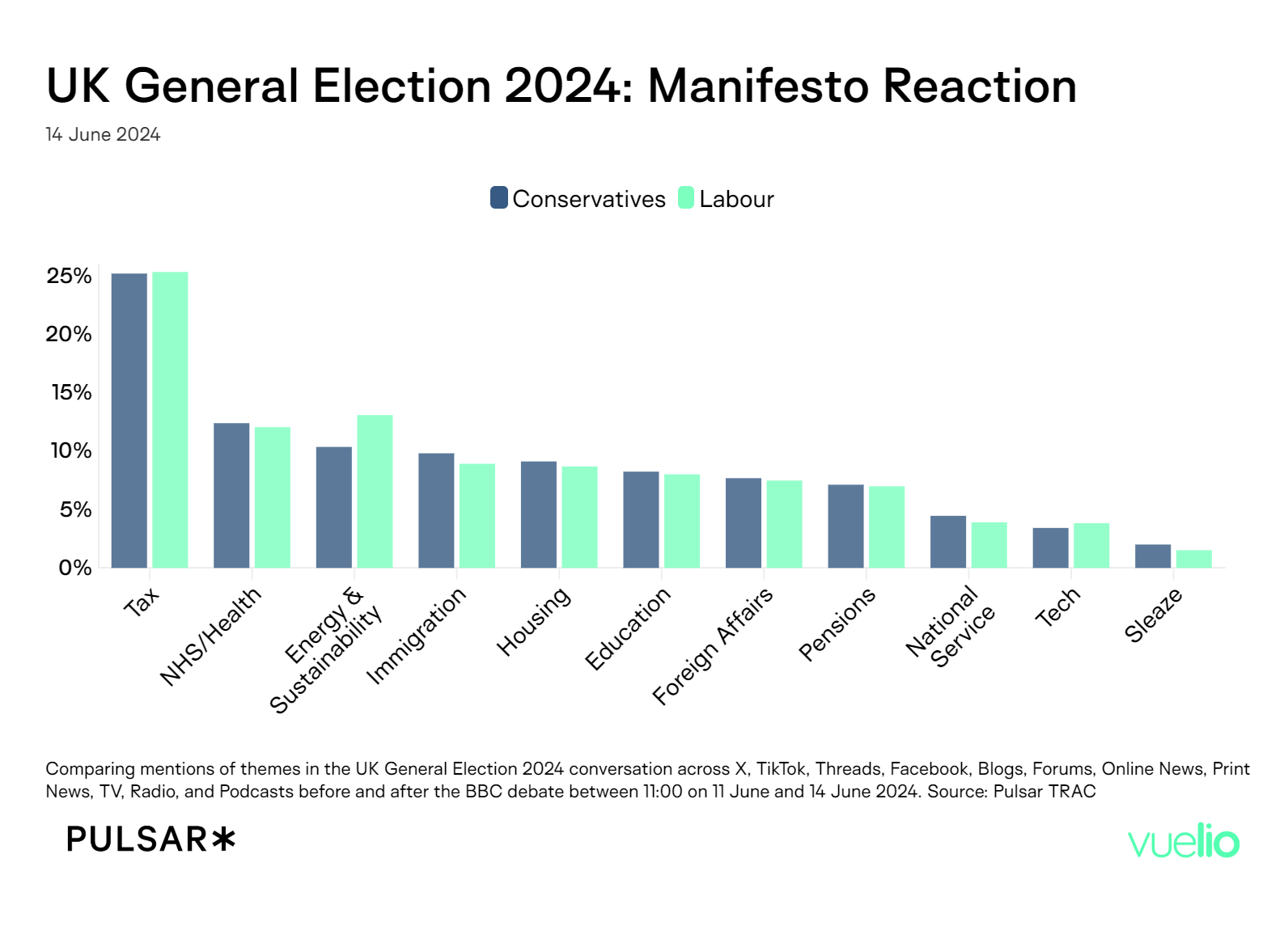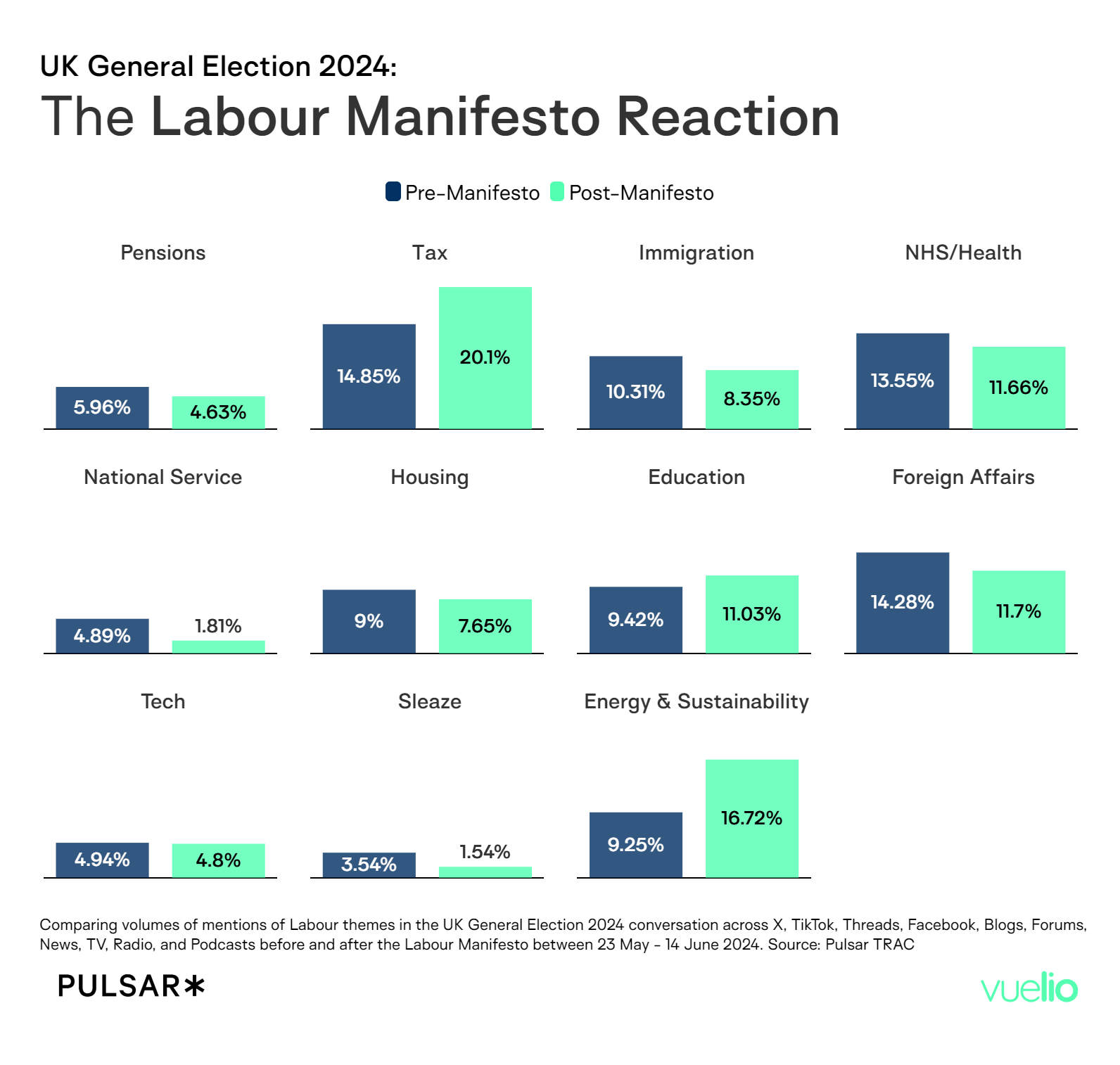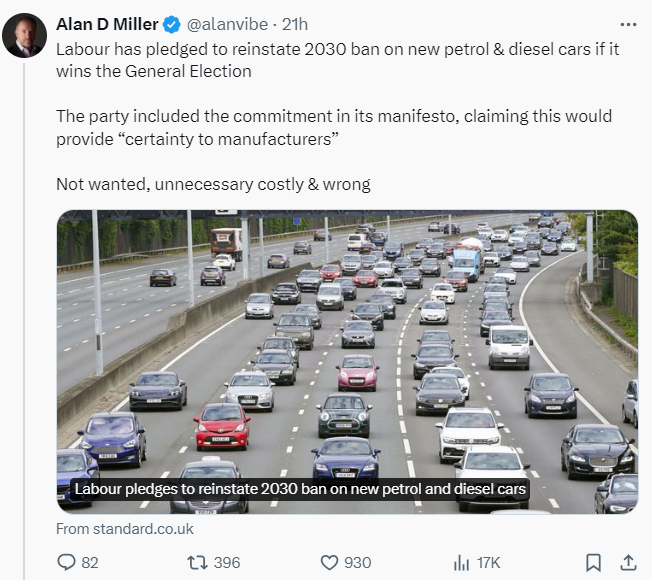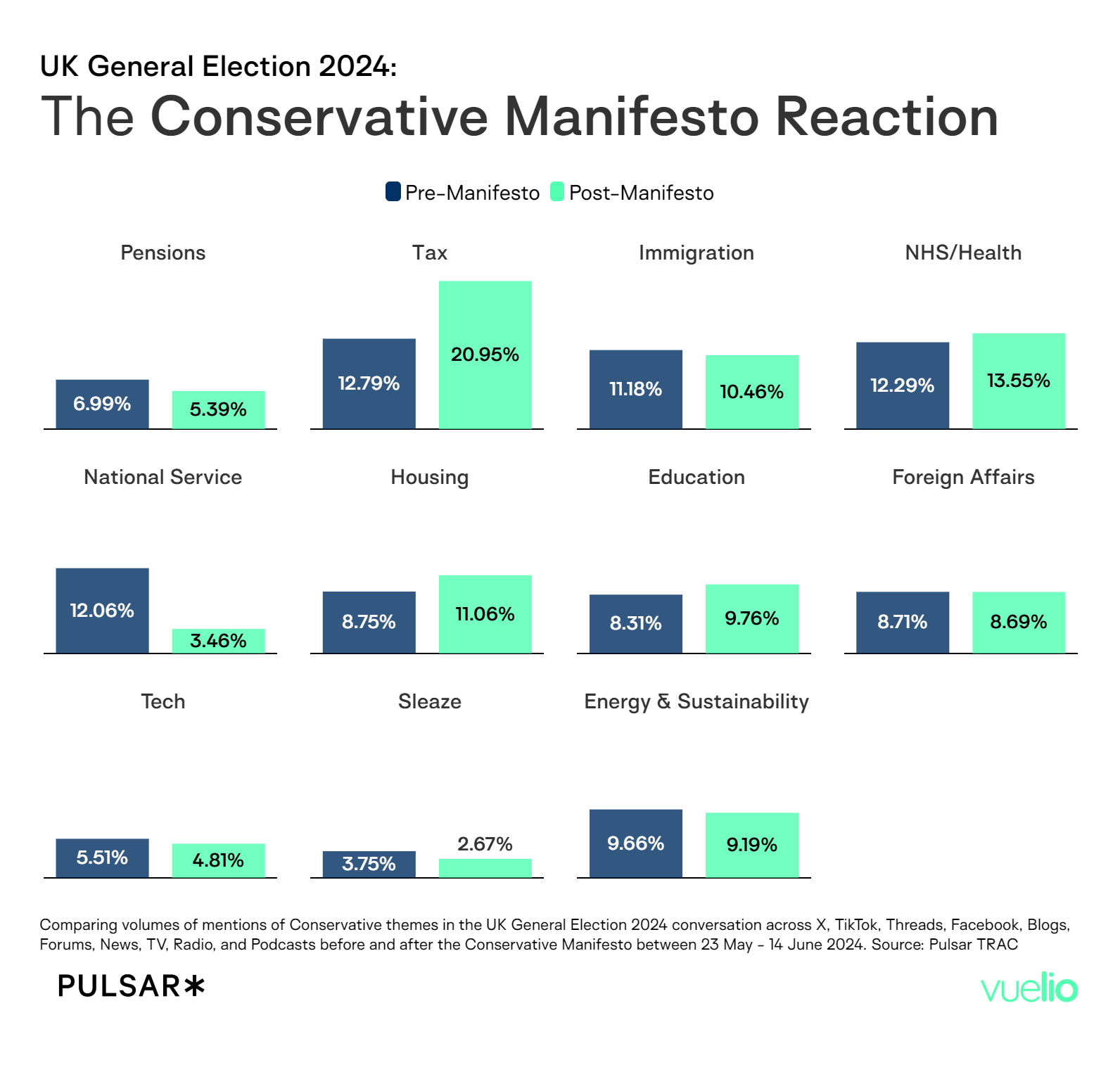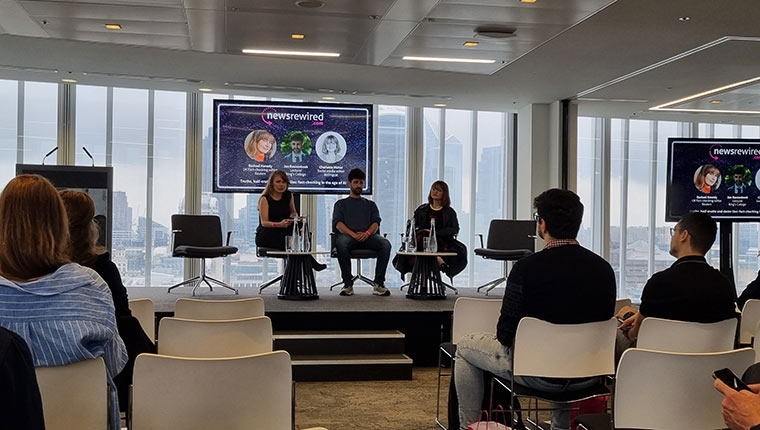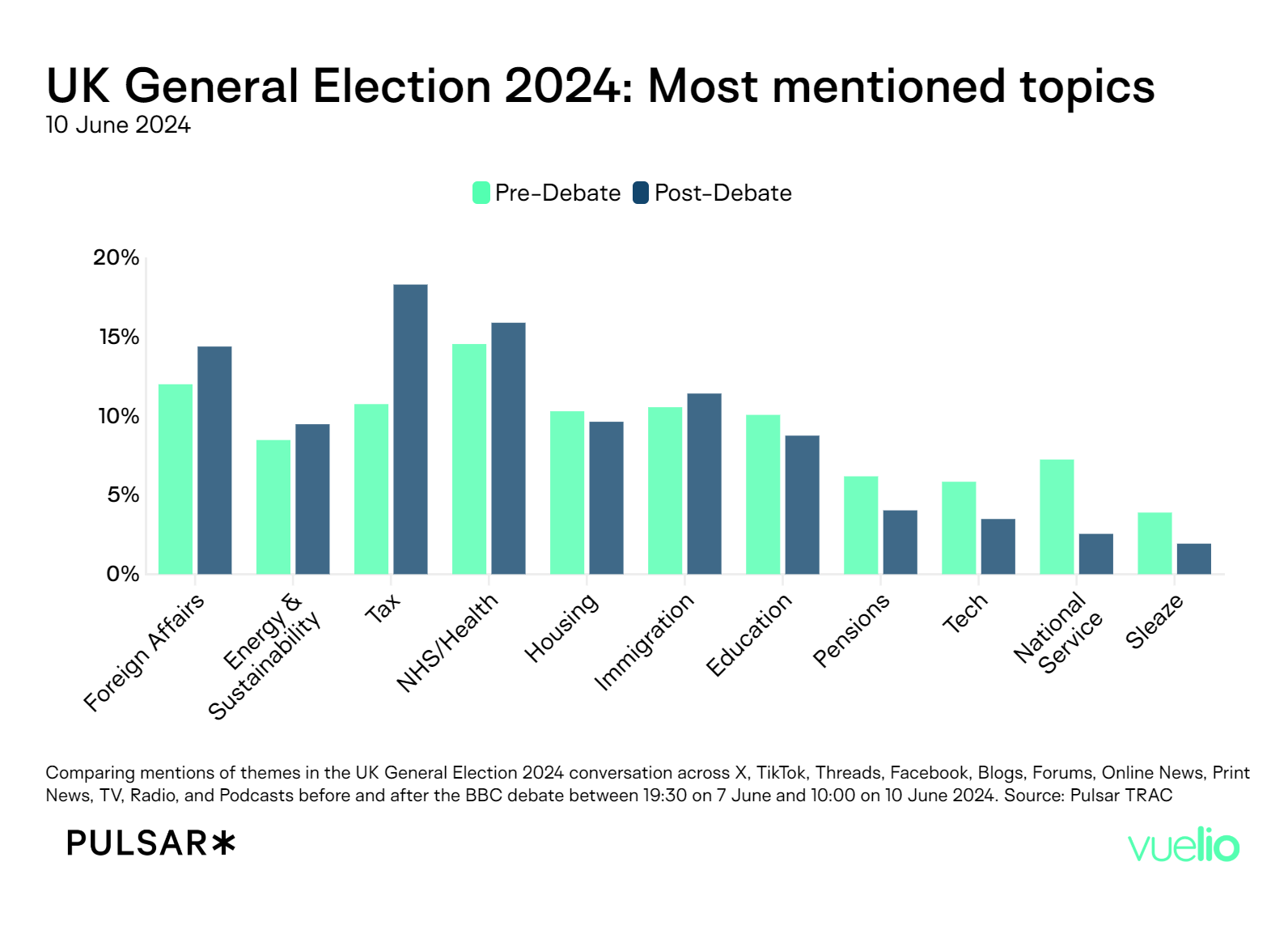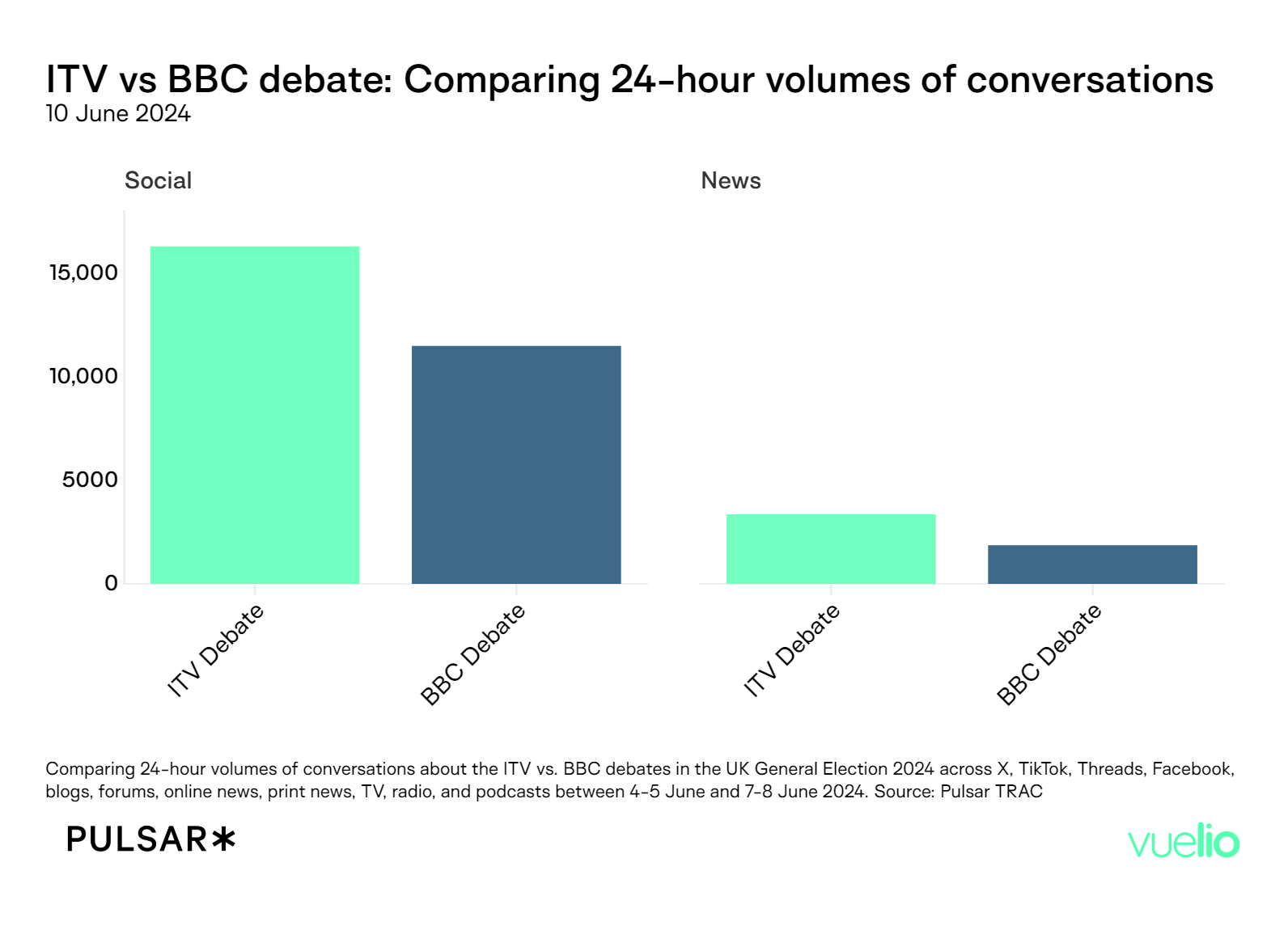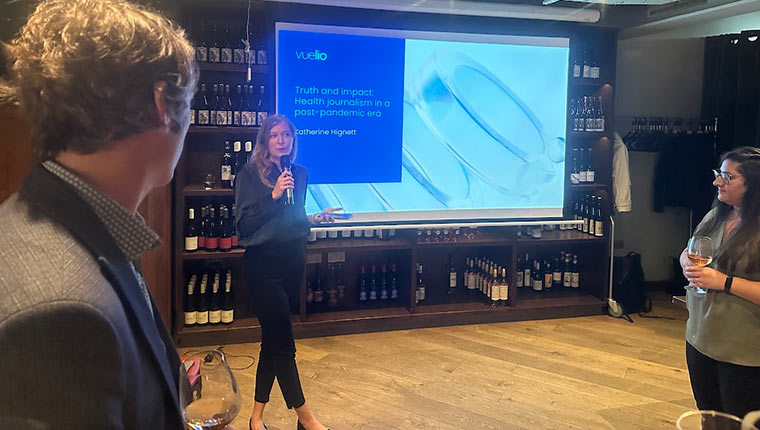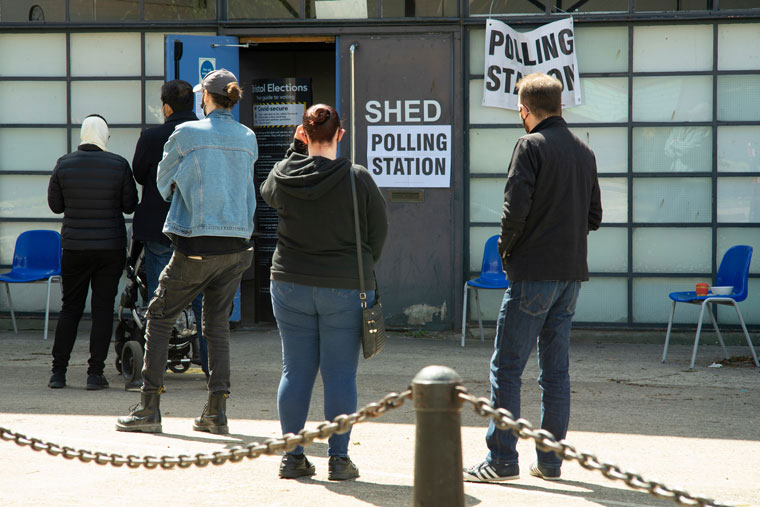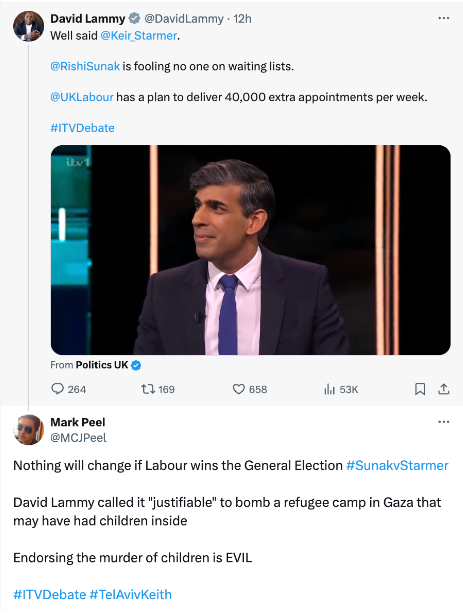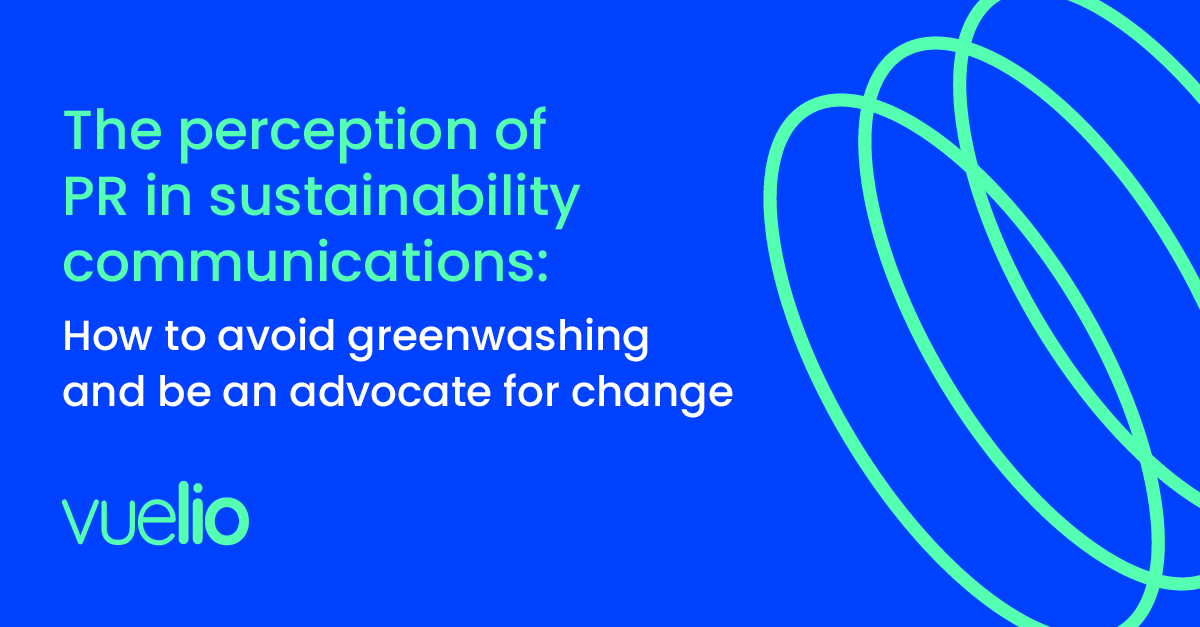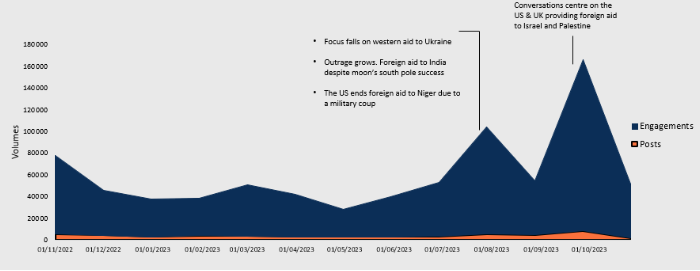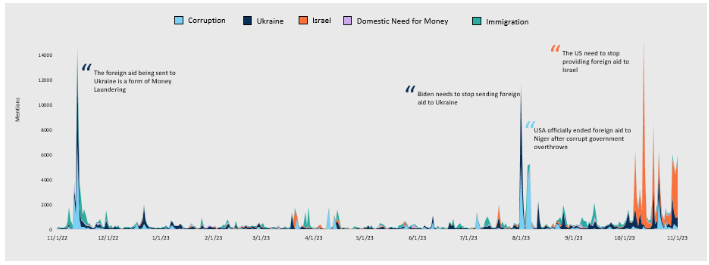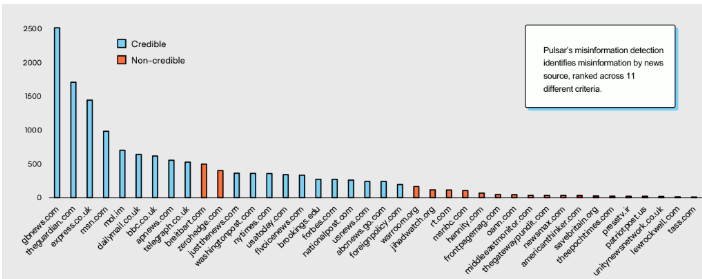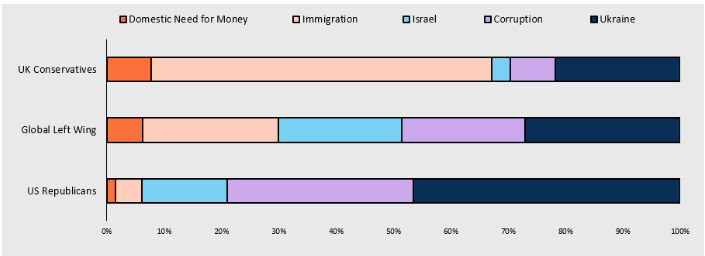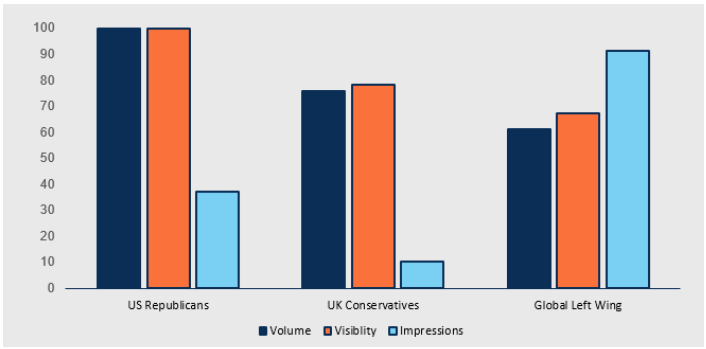Lifelines for local journalism: How the media is reconnecting with communities
Aiming to engage local audiences with media outreach for an upcoming PR campaign? First for the bad news, and then for the good…
Fortunes have undoubtedly been rather bleak for local journalism in the UK for a while now. Newspapers relied upon by their local communities for generations have closed in favour of shiny new centralised news hubs. Long established publishers have been bought out and absorbed into larger organisations. Where did the readers go? Many to social media, joining private Facebook groups or following hashtags on X to find out what’s happening in their area – risking misinformation, and further increasing the pressure on existing local journalists.
But now for the good news: local journalism is fighting back. It’s the perfect time for comms teams tasked with connecting with communities across the country to take another look.
To examine the ways local journalism is making a comeback across the UK, we analysed mentions of the phrase across online news and social media from 2019 to 2024. The story told by the data – a more positive outlook for the UK in comparison to other regions across the world.
What renewed public interest in local journalism?
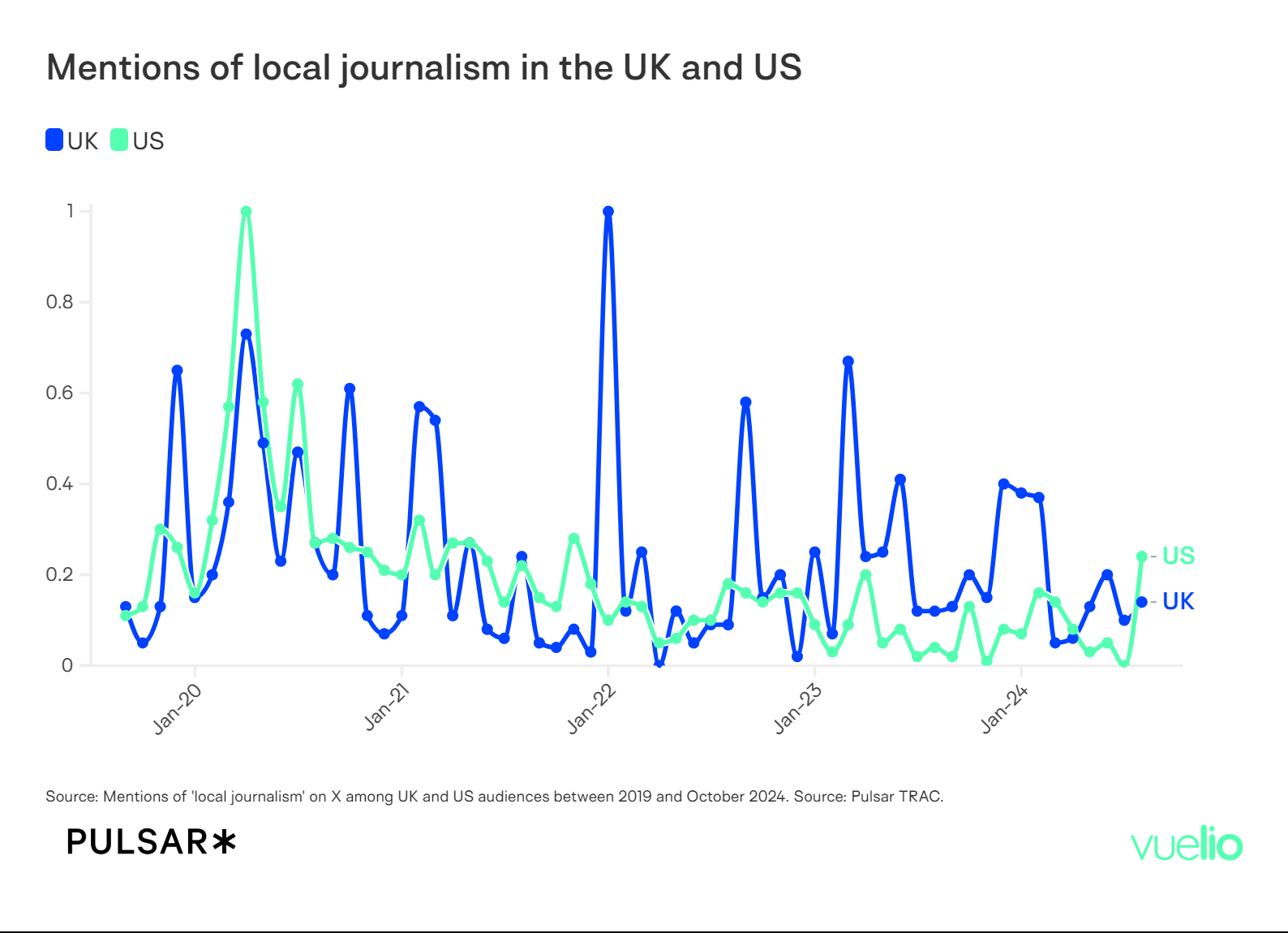
Examining spikes in discussion of ‘local journalism’ across the UK in comparison to the US highlights commonalities in times of increased interest over the last four years.
To be expected – April 2020’s discussion of local journalism spiking as the effects of the pandemic on the job market also hit newsrooms. In the US, posts focused on job losses at papers including the Tampa Bay:
Support from local journalism came from senators in Virginia and even Ben & Jerry’s in Vermont. Since then, interest has tended to taper off. That is not the case within the UK.
Back in 2020, #buyapaper trended as local outlets faced closures, with reminders to support local journalism coming from within the media itself, and the public:
January 2022 saw a huge spike in discussion around local journalism in the UK, driven in part by recognition for the stories it remained capable of breaking, even after successive years of declining budgets and readerships.
Political controversies and coverage in the wake of, and run up to, our respective election seasons in the UK and US are causing discussion of local journalism to rise in both regions again. While trust in ‘mainstream’ media channels has fallen, confidence in localised reporting appears, by comparison, to have strengthened.
A ‘continued rise in community journalism’ was how Sefton Council’s senior communications officer Ollie Cowen described this trend when talking about his team’s task to raise awareness of changes in UK voting laws across the UK in 2023. They reached out to local reporters to do this, also making the most of ‘geographically centred pages on social media that had either been created or grown exponentially as a result of the increase in “good neighbour” behaviour during lockdown.’ As the pandemic kept people apart physically, it would eventually bring local communities back together – this has been a boon for local journalism, too.
Publishers and journalists have had to find news ways to connect with audiences and rebuild followings in the wake of how the world changed – advocating for communities across the UK with targeted, audience-first reporting.
For an example, let’s head to Manchester…
‘What local journalism should be about’: The Manchester Mill finds its community online
The Manchester Mill was launched in June of 2020 by Joshi Herrmann, a journalist with experience at national outlets including The Times, The Guardian, The Independent, The Telegraph, the Evening Standard, and The Spectator. Unlike these publications, the Manchester Mill is not available on newsstands to pick up in person, but is instead accessible online on Substack, a newsletter platform.
‘The Mill is my attempt to build a media company around readers rather than advertisers,’ reads Herrmann’s mission statement. ‘We won’t copy and paste press releases. Instead, we will dig deeper into local stories that matter – whether they are about crime, culture, business, or new ideas.’
The Manchester-focused Mill publishes one in-depth article via email and online daily to paying members (also known as ‘Millers’), and provides a free option in the form of a weekly digest email. This is paying off in both engagement and revenue. Meanwhile, its journalists have become part of the local ecosystem, helping to spur engagement with other localised reporters and continually grow the audience for the publication.
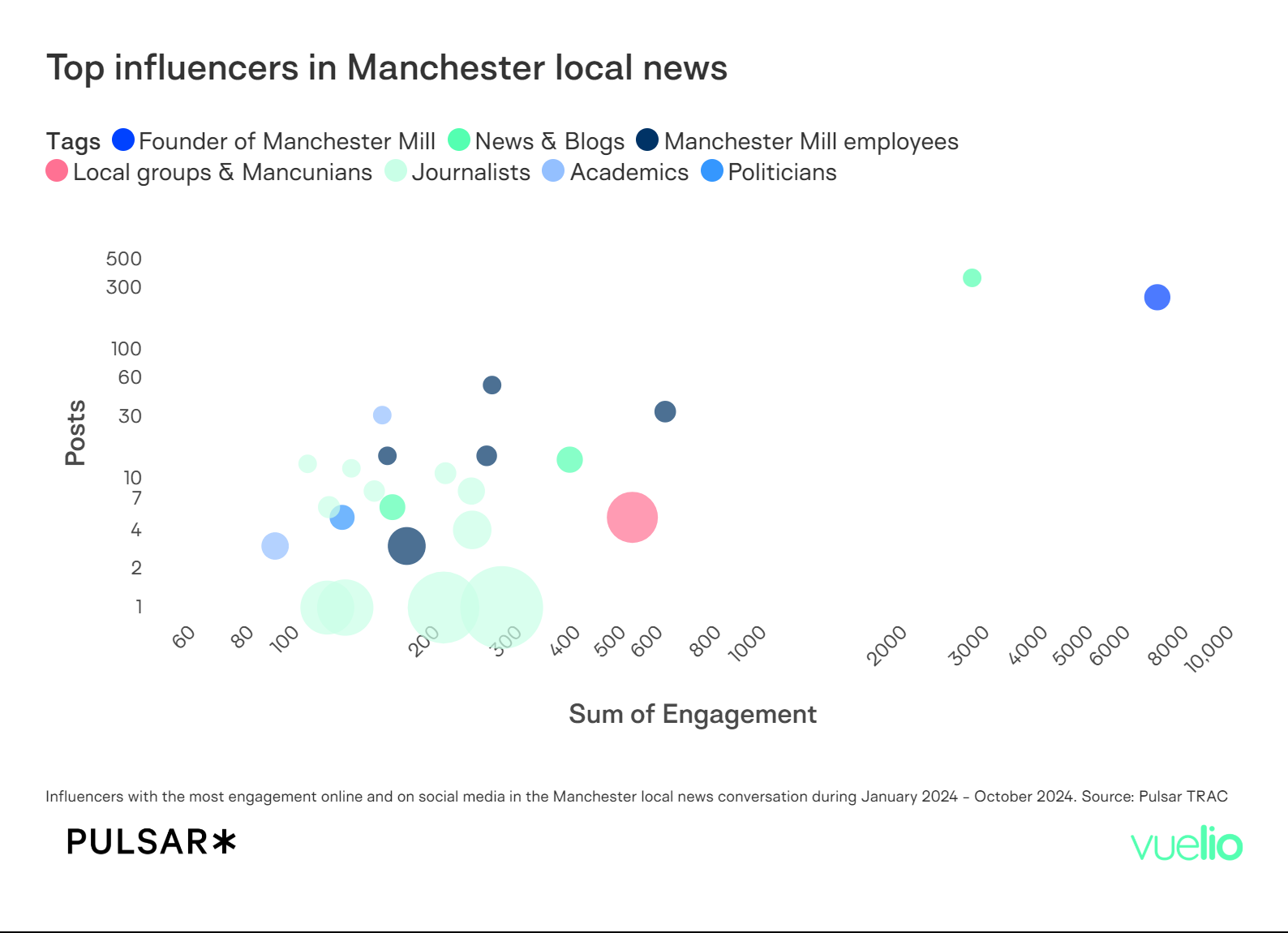
In terms of the most influential local voices, Herrman himself drives much of the conversation, generating the most engagement overall with almost as many posts as the main Mill account.
Manchester Mill employees actively share news articles and express positivity about their contributions to local journalism and the work the Mill is doing – something its community of ‘Millers’ are also grateful for. Subscribers number 50k so far, with reader reaction to its success highlighting commitment to community ‘collaboration’ and its focus on breaking important stories, including its Sacha Lords scoop.
Summing up this commitment to localised reporting, senior editor Sophie Atkinson said ‘Nowhere else do you get this level of engagement, comments, emails, tips. It’s exciting and rewarding’. And, from looking at the numbers, it’s working.
Nichification: Success in Suffolk?
Centralised news hubs dolling out automated updates to readers living across the country removed journalism from its audience in other ways than the physical. How can local news publications reconnect with locals? By tapping into existing loyalties through coverage of local heroes – their sports teams.
By analysing how often audiences (and other media outlets) link to these publications, we can get a sense of what’s driving growth or re-engagement among audiences.
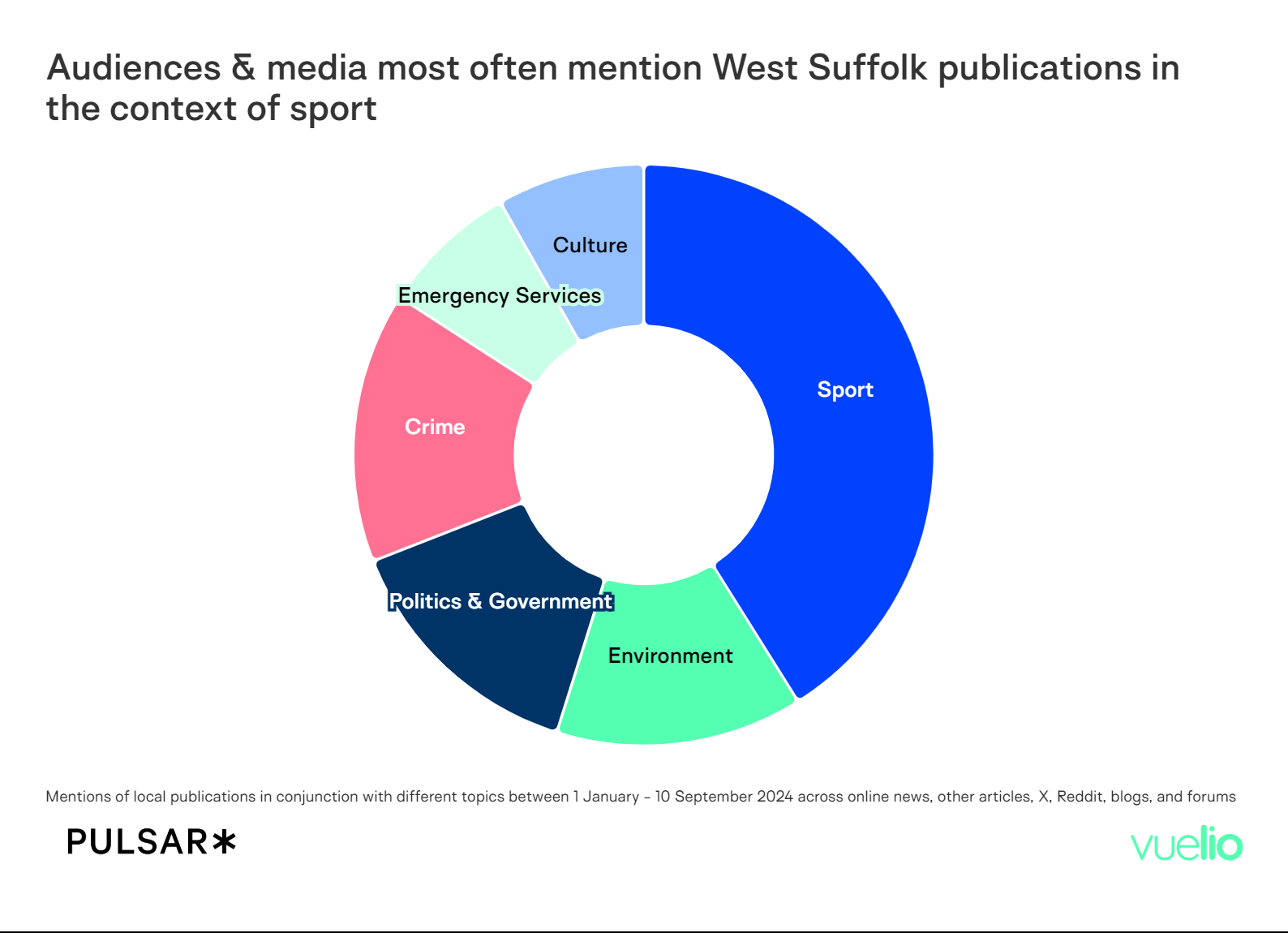
Clearly, sport is playing an outsized role here – and the story becomes clearer still when we break things down on a topic-by-topic basis.
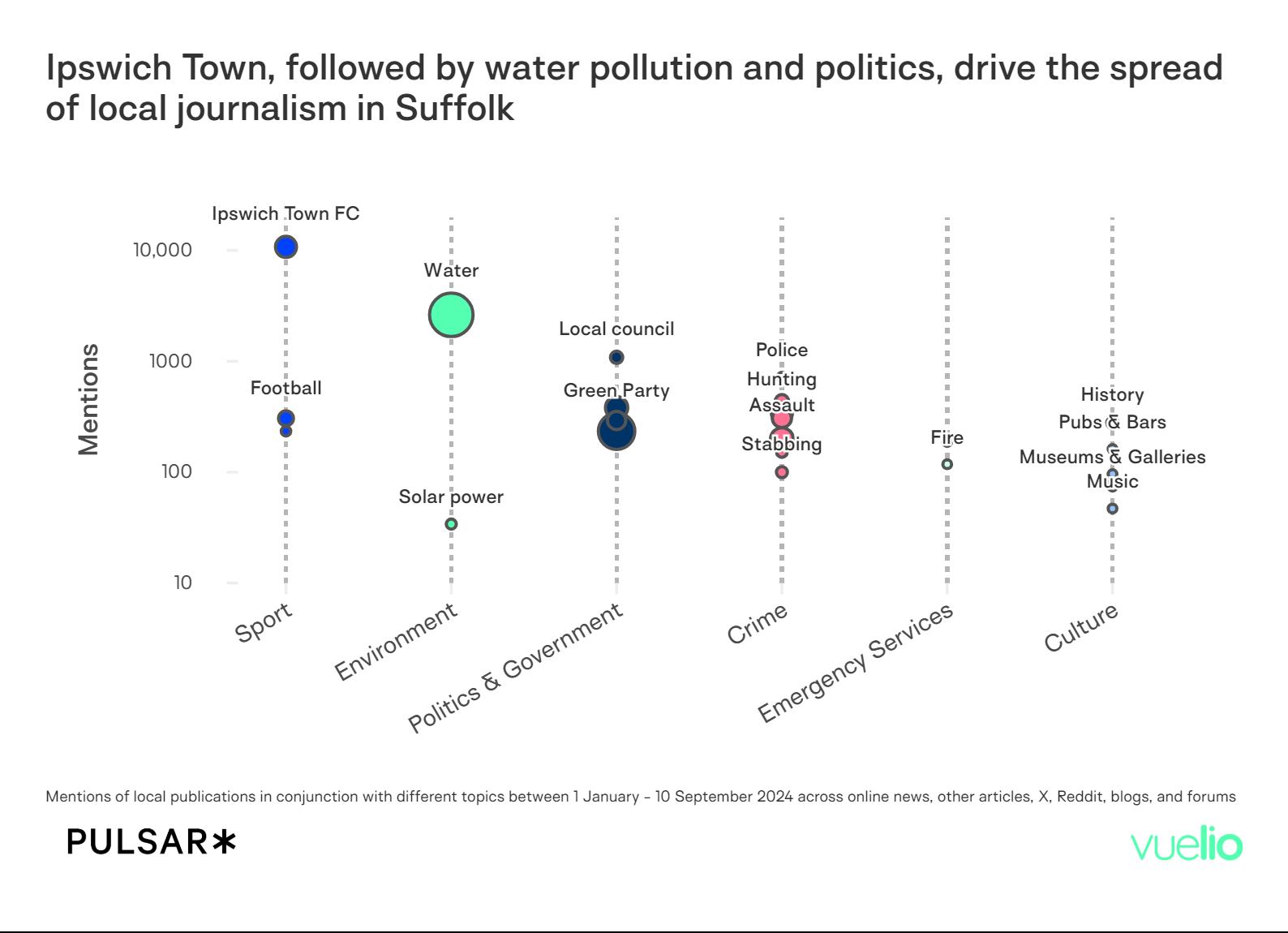
Outside of the football pitch, engagement goes to reporting on the local environment, including stories on crime (with spikes for fox hunting and a local criminal case) and amenities (road closures, criticism of Anglian Water, and the construction of a local solar power plant).
It could be argued that the extra interest – and potential revenue – driven by engagement with a local team (one experiencing its greatest success in decades) is in some senses underwriting more traditional local journalism topics. Recent promotional campaigns from The East Anglian Daily Times suggests they certainly view it this way, touting a subscription model that appears closest to that of The Athletic (which sells subscriptions based on unparalleled attention on local teams).
However, this comes with two potential problem points. Firstly, the financial implications of this engagement (whether it is truly able to support dedicated local journalism over a prolonged period) is yet to be tested, Likewise, a local team enjoying back-to-back promotions to the Premier League is hardly a model for all local journos.
Similarly, some would point to the Mill’s success and suggest it could only work within parcels of the wider country – namely those boasting large, youthful populations.
Whether or not these approaches could work for the local journalist scene at large, it proves that publishers and journalists are continuously finding ways to breathe new life into a sector long neglected. A local football team cannot be counted on to drive a mass of feelgood engagement – but it does provide a model for nichification, around sporting or cultural institutions. Likewise, the Mill shows the opportunity latent in an increasingly tech-savvy population, used to getting its news via non-traditional means.
The story told by the data – people care about what’s happening in their local community. News teams that make the effort to find their communities where they share and consume news – and pay attention to what they genuinely want to read and react to – are providing a lifeline to local journalism as a whole, as well as a place for longer-term loyalty and connection.
To connect with local communities through media outreach, find out about the Vuelio Media Database and the ResponseSource Journalist Enquiry Service.
Want to know more about the state of journalism in 2024? Check out our analysis of audience attitudes across the globe.


